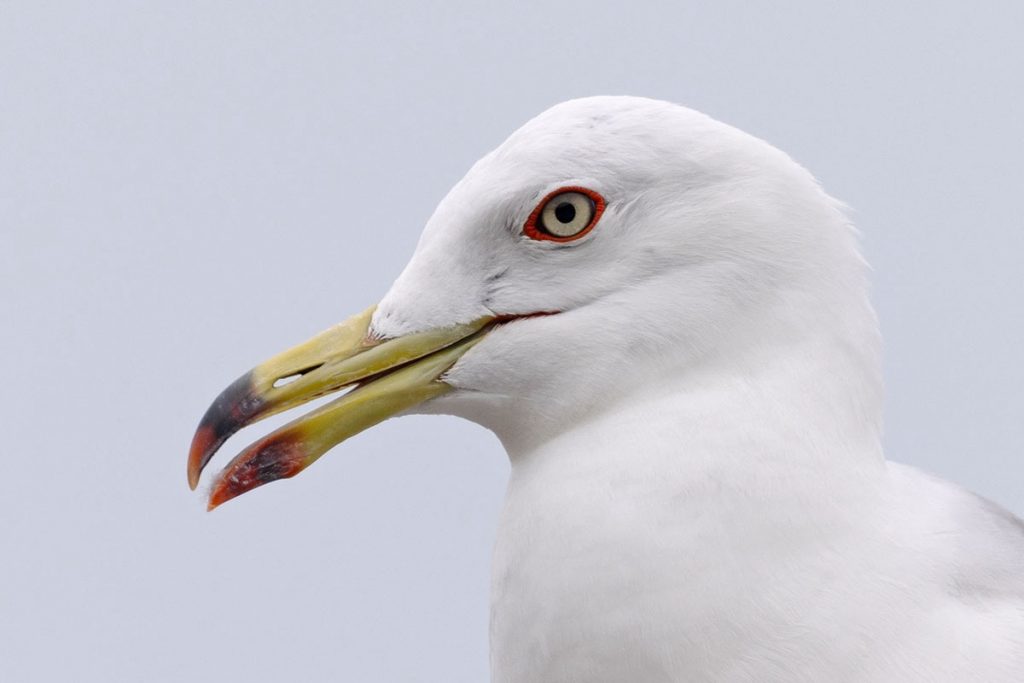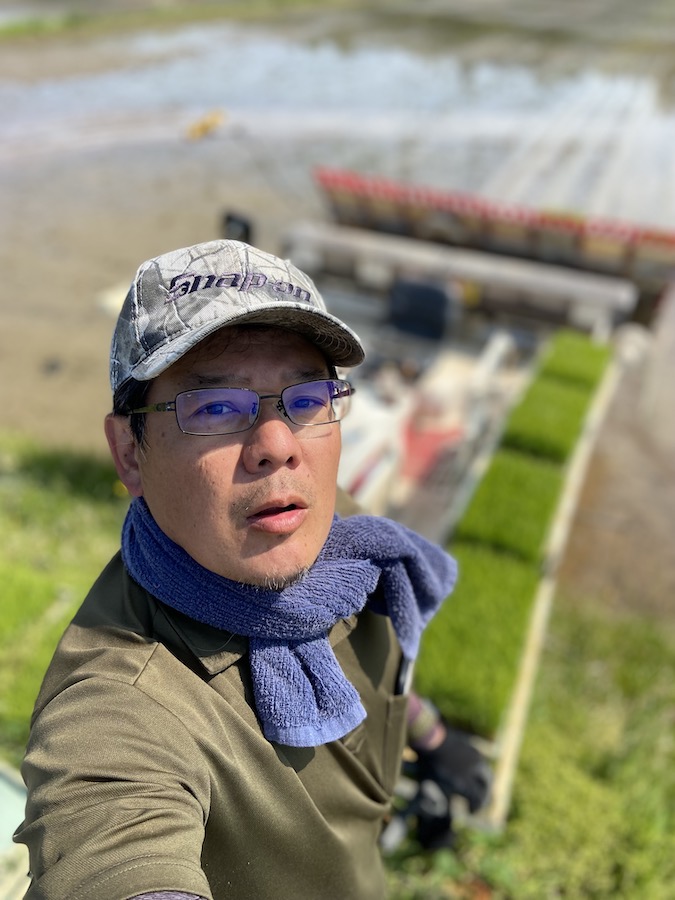
Black-tailed gulls are flocking to rice fields on Sado Island. (©Fumie Oyama)
Read the full story on Japan 2 Earth - Sado Wildlife in Focus | Black-Tailed Gulls Descend on Sado in a Scene Straight from Hitchcock
On Sado Island, crested ibis chicks practice flapping their wings in preparation for flying their nests. Meanwhile, another bird is flocking to this bird paradise. Black-tailed gulls, called umineko in Japanese, have come to feed in the rice fields. The sight of the sky filled with these birds evokes a scene from Alfred Hitchcock's classic thriller The Birds.
But black-tailed gulls typically feed at sea. Why are they flocking to Sado's rice fields?
Calls of a 'Seacat'
The black-tailed gull's call sounds similar to a cat's meow. Hence it is called umineko, or 'seacat,' in Japanese. My camera is usually trained on the crested ibis, but today the flock of gulls is an astonishing sight to capture. The birds' calls echo across the lush green rice fields as they descend from the blue sky to forage for food.
By late June, more than 200 black-tailed gulls had flown from their coastal breeding grounds to the inland rice fields of Sado Island to feed.
Sado Becomes a Breeding Ground
The black-tailed gull (Larus crassirostris) measures about 45 cm in length and is a relative of the seagull. It is distinguishable by its red-tipped beak and black band on its white tail.

These birds inhabit the coasts of the Sea of Japan, the Sea of Okhotsk, and the Pacific Ocean. They migrate to the coasts of mainland China and Taiwan to winter.
Continue reading the full story on Japan 2 Earth to learn more about how farmers are reacting to the black-tailed gulls.
And find more great articles on the environment and the challenges of achieving the SDGs on our affiliated website Japan 2 Earth (J2E), sparking a transition to a sustainable future.
RELATED:
- Sado Wildlife in Focus | Crested Ibis Chicks Hatch, Heralding New Life
- Preserving Satoyama: Ichikai Town Issues Ground-Breaking Ordinance to Protect the Grey-Faced Buzzard
- Protecting the Vulnerable Little Tern is No Simple Matter
(Read the article in Japanese.)
Author: Fumie Oyama
Click here to read more Sado Wildlife in Focus photo essays by photojournalist Fumie Oyama.

Fumie Oyama is a two-time winner of the Japan Newspaper Publishers & Editors Association Award as a photographer for the Sankei Shimbun. After covering the reintroduction of the crested ibis to the wild for 11 years, Oyama left the company in 2020 to move to Sado Island. There, he continues to photograph the ibis and other wildlife while engaging in farming. He currently promotes the charms of Sado Island as a photojournalist. Follow Fumie Oyama on Instagram.








